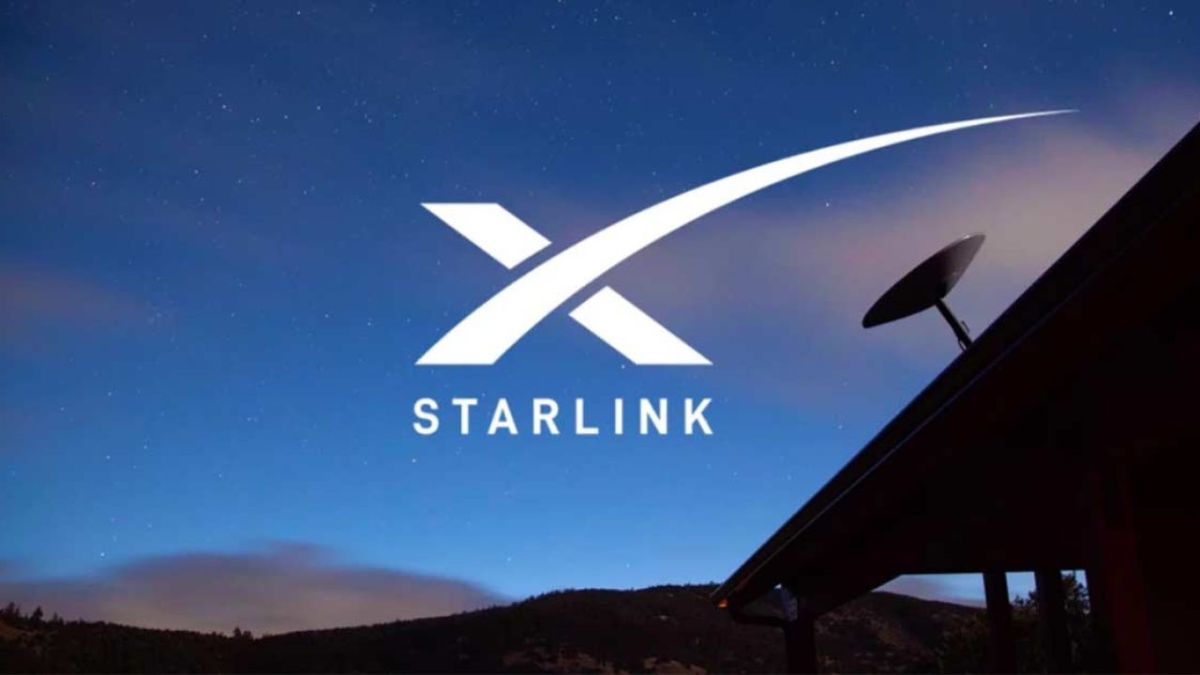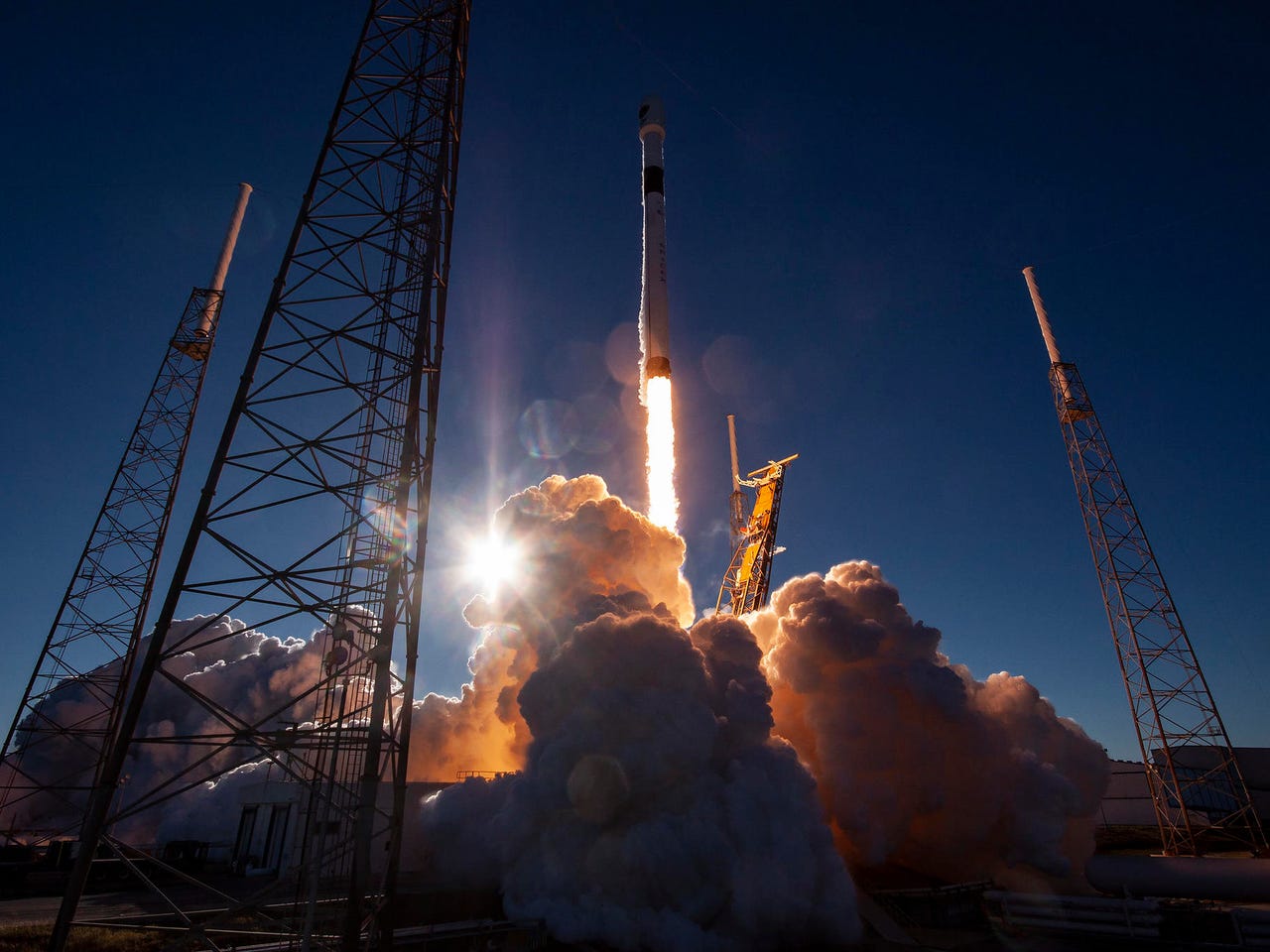SpaceX and NSF Agree to Reduce Starlink Satellite Impact on Ground-Based Astronomy
January 17, 2023 By Monica Green

(Image Credit Google)
 Image credit- PC Mag Australia[/caption]
Elon Musk, the self-made millionaire who founded SpaceX, is deploying and managing a network of satellites in low-Earth orbit to deliver high-speed internet to more than 600,000 US sites. The service's satellites may cause astronomical observatories on Earth to experience interference despite providing high-speed internet connection in outlying or underserved areas.
According to the reports, SpaceX and the NSF have reached an agreement to reduce the impact of its Starlink broadband satellites on ground-based astronomy facilities by reducing the brightness of Starlink satellites and their use of competitive radio frequencies.
The NSF agreement also addresses measures to ensure that the public has access to Starlink's orbital data so that astronomers can schedule observations around satellite positions.
[caption id="" align="aligncenter" width="1280"]
Image credit- PC Mag Australia[/caption]
Elon Musk, the self-made millionaire who founded SpaceX, is deploying and managing a network of satellites in low-Earth orbit to deliver high-speed internet to more than 600,000 US sites. The service's satellites may cause astronomical observatories on Earth to experience interference despite providing high-speed internet connection in outlying or underserved areas.
According to the reports, SpaceX and the NSF have reached an agreement to reduce the impact of its Starlink broadband satellites on ground-based astronomy facilities by reducing the brightness of Starlink satellites and their use of competitive radio frequencies.
The NSF agreement also addresses measures to ensure that the public has access to Starlink's orbital data so that astronomers can schedule observations around satellite positions.
[caption id="" align="aligncenter" width="1280"] Image credit- ZDNET[/caption]
Despite predictions that commercial constellations would contain 400,000 LEO satellites by 2030, there are still concerns that low-Earth orbit satellites could interfere with astronomy.
Compared to the 29,000 Gen2 Starlink satellites SpaceX hopes to launch, the FCC has given the go-ahead for SpaceX's 7,500 Gen2 Starlink satellites to launch in December 2022. Only around 25% of the initial units were allowed even though the independent space agency's request was authorised by the communications regulator.
According to the NSF, SpaceX now includes the following features in their second-generation satellites:
Image credit- ZDNET[/caption]
Despite predictions that commercial constellations would contain 400,000 LEO satellites by 2030, there are still concerns that low-Earth orbit satellites could interfere with astronomy.
Compared to the 29,000 Gen2 Starlink satellites SpaceX hopes to launch, the FCC has given the go-ahead for SpaceX's 7,500 Gen2 Starlink satellites to launch in December 2022. Only around 25% of the initial units were allowed even though the independent space agency's request was authorised by the communications regulator.
According to the NSF, SpaceX now includes the following features in their second-generation satellites:
- Mirror film made of dielectric.
- Mitigations for solar arrays.
- Reduce brightness and glints with black paint.
- Best procedures for conducting flights. Additionally, the business has committed to collaborating with the impacted US radio astronomy facilities to prevent primary beam illumination during observations at locations like the Very Large Array (VLA), Very Long Baseline Array (VLBA), Green Bank Observatory (GBO), Arecibo Observatory (AO), and geodetic Very Long Baseline Interferometric (VLBI).
Leave a Reply

Apple's iOS 18: A Leap into the AI Era
March 12, 2024

Google's Regular Pixel 8 Won't Get Gemini Nano AI
March 12, 2024

MacBook Air M3 Makes Amends for M2's Storage Blunder
March 11, 2024

Samsung Unveils the Galaxy M15 5G
March 11, 2024

Elon Musk's xAI to Open-Source Chatbot Grok
March 11, 2024

Contra: Operation Galuga - A Modern Run-and-Gun Classic
March 11, 2024

Musk Confirms X's TV App Arrives This Week
March 11, 2024
RELATED NEWS
2
3
4
5
6
7
8
9
10



